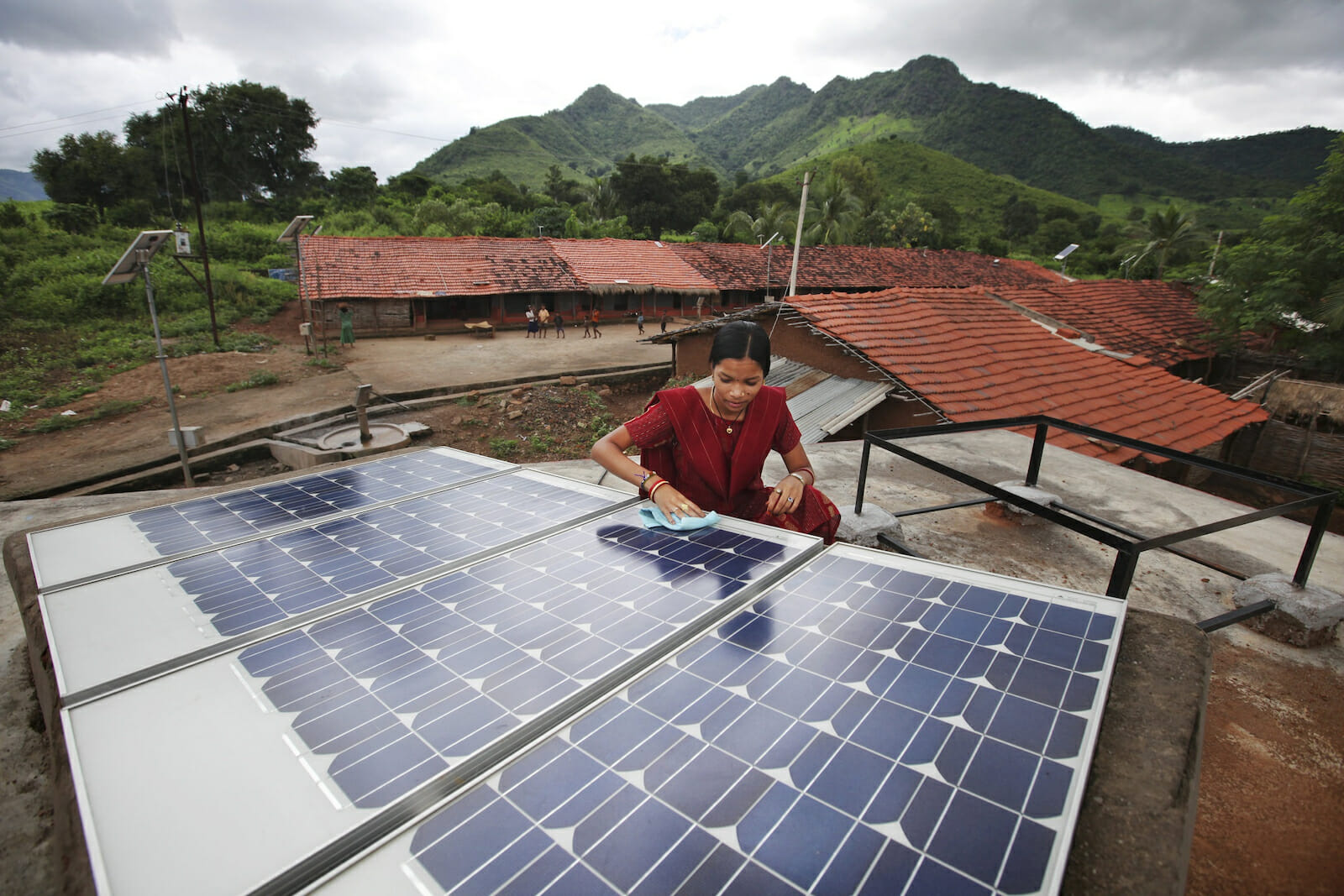
How Every Country Can Achieve Sustainable Development
Sustainable development is about establishing long-term benefits, emphasizing the creation of healthier, economically stable, and socially viable livelihoods for current and future generations. The creation of the Sustainable Development Goals (SDGs) in 2015 was intended as a revision of the Millennium Development Goals (MDGs), but with a greater emphasis on economic growth and environmental protection.
With the perspective that the past five years have given us, combating climate change and increasing environmental protection should be at the forefront of any development strategy. Our development policy recommendation, the Green Initiative, is modeled on what is known within the private sector as the triple bottom line: people, the planet, profits. Although targeting the three Ps is a complex approach, sustainable development through these targets is not only possible, but crucially necessary given the current climate crisis.
The creation of the Green Initiative promotes sustainable development through a tri-fold approach by recognizing people, the planet, and profits, but most importantly, keeping environmental preservation at its core. A low-carbon stimulus program holds the power to have both positive short-term and long-term developmental benefits. Firstly, this Initiative serves as an intersection to invest and promote the innovation of localized clean energy and create employment opportunities including construction, maintenance, and entrepreneurship. Furthermore, renewable energy projects are spatially intensive–requiring large amounts of land–and likely to bring more jobs and investment into rural areas, helping to decrease rural-urban inequalities.
Research from The New Climate Economy even estimates that changing to a low-carbon economy can create over 60 million jobs. Developed countries, however, need to accelerate investment in renewable energy by implementing carbon taxes and aggressive emission targets. For their part, developing countries need to lower barriers to foreign direct investment in renewable energy projects or stipulate that certain projects be powered only by renewable energy. Sustainable development cannot be achieved if only one country is working to combat climate change.
In the long-term, the shift to low-carbon economies promotes endogenous growth. As a result, countries can continue to invest in sustainable eco-friendly innovation, thus generating more human capital. This growth helps boost a more sustainable economy that is not reliant on finite fossil fuels, but on renewable sources such as solar and wind energy and an internal labor force. From an environmental perspective, this Green Initiative also helps mitigate climate change and its negative effects. Between 2014 and 2018, 6-7% of Mozambique’s population experienced a decrease in water access due to climate change. The trend of rising CO2 emissions pointing towards a 1.5° Celsius temperature increase will continue to negatively impact human and economic securities. Thus, we also conclude that developed countries should also focus on investing in carbon sequestration efforts as a development goal in order to negate the worst effect of climate change.
This is not to say that traditional development goals should be put to the wayside. A primary concern for developing countries should be providing a decent quality of life for all of its citizens through focusing on achieving the social and economic SDGs. Moreover, many of these anti-poverty policies have positive implications for a nation’s carbon footprint. For example, promoting girl’s and young women’s education has the potential to reduce emissions worldwide by 59.6 gigatons by 2050. Ultimately, the goal of the Green Initiative is to care for people in the form of work and access to resources, the planet by combating climate change, and profits through endogenous growth while providing developing countries with alternatives to carbon-intensive energy production and industrialization.
One of the greatest barriers in the realization of a sustainable global environment is a lack of leadership. While sustainable development is a multi-faceted strategy and beneficial to a wide array of needs, country leaders have not been considerate to the health and well-being of our planet. Now, as a collective global society, we are dealing with the consequences of their recklessness. Transformational and inclusive leadership, in all sectors, has the probability to translate into holistic policy interventions and overcome implementation gaps impeding a sustainable livelihood for current and future generations. For sustainable development to be prioritized and the Green Initiative to be successfully implemented, it will require higher levels of leadership on an international, national, and local level from both developed and developing countries.




